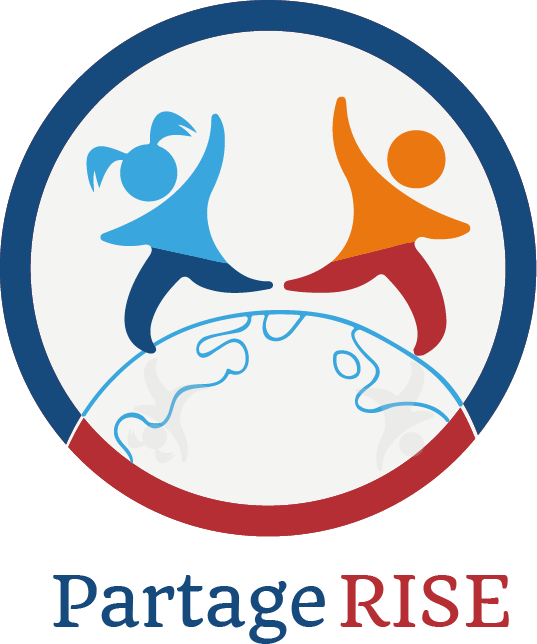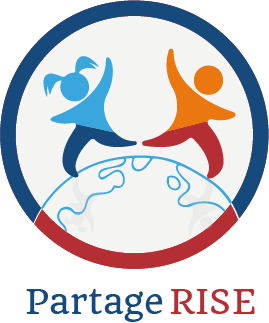Because a living network is a network that gathers around common moments and objectives, since 2020, the network has decided to gather around a common event, on a date that has an important meaning for all members: 20 November, the International Day for the Rights of the Child.
With a view to inclusion and emancipatory education, children from member organisations and children taking part in local volunteer projects are invited to illustrate their rights.
It’s obviously a time for sharing between all the participating children from the four corners of the world, who discover each other’s achievements through photos, drawings, murals, videos or stories that are translated into the four working languages of PARTAGE: French, English, Spanish and Portuguese, so that everyone can have access to the contributions and testimonies of the other participants.
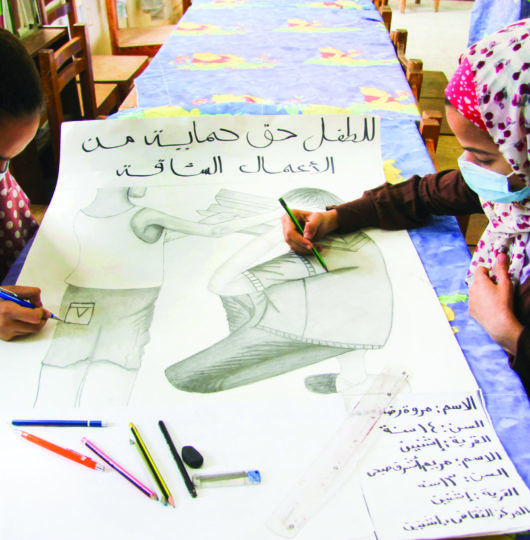
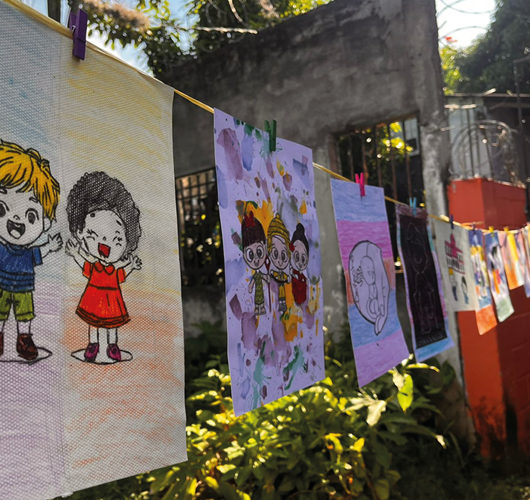
For this first event, each organisation had to submit a photo, a montage, a drawing or even a collage of photos to tell a story!
On 20 November 2024, to mark the 35th anniversary of the International Convention on the Rights of the Child (CRC), PARTAGE and its partners in the PARTAGE Rise network organised a worldwide initiative: the Great Gallery of Children’s Rights. Children from several continents created drawings to represent their fundamental rights, such as education, health, protection and expression. These works were exhibited simultaneously in schools, public spaces and community centres, forming an international, participatory art gallery.
The event put children at the centre of the celebration, transforming them into ambassadors for their rights. Their creativity raised awareness of the importance of protecting these universal rights. It was a unique and unifying mobilisation to remind us that every child has the right to grow up in a world that respects and values their essential needs.
Translated with DeepL.com (free version)
> Watch the video
In 2022, the instructions were broader, and the children were able to choose the right they wished to represent and propose the creation of their choice.
- AGACC in Brazil
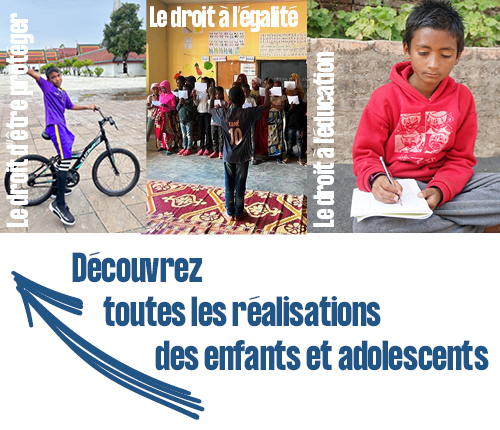 AHEED in Egypt
AHEED in Egypt- BANDOS KOMAR in Cambodia
- BEL AVENIR in Madagascar
- COMPARTIR in Honduras
- CPCR Thaïland
- DISPENSAIRE TROTTOIR in Burkina Faso
- HSF in Thaïland
- IBDAA in Palestine
- INEPE in Ecuador
- KEOOGO in Burkina Faso
- MAEECHA in Union of the Comoros
- MSL in Lebanon
- RACINES in Bénin
- RENAITRE in Roumania
- SAN JUAN in Ecuador
- SARD in India
- SESOBEL in Lebanon
- VAHATRA in Madagascar
- VOC in Nepal
The concept of the 2021 edition was the same as the previous year. Once again, many children took part.
With this brochure, we can see, through the pen, the lens or the eye of children, the diversity of contexts and situations they are
they face. Their testimonies also show how aware these children and young people are of their rights, how much respect they have for them and how far they still have to go.
>See the 2021 Photo Expo brochure
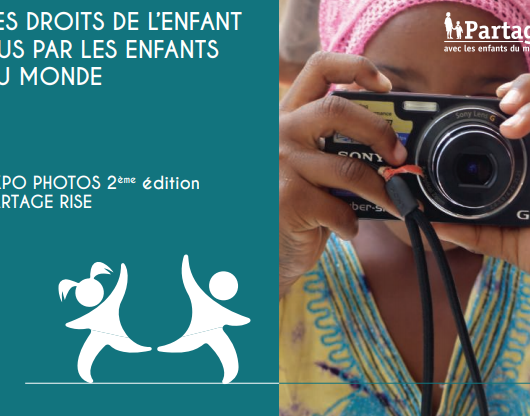
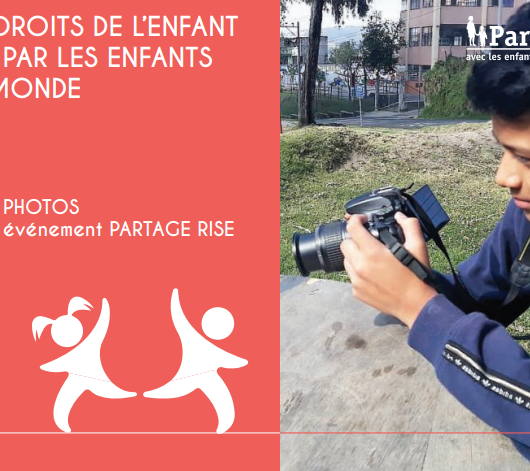
For this first event, each organisation had to submit a photo, a montage, a drawing or even a collage of photos to tell a story!
There were four subjects to choose from: the right to education, the right to health, the right to freedom of expression or the right to leisure.
The photo had to be taken by a group of children or teenagers taking part in the activities of a member of the network.
The photo had to be accompanied by a “making of” photo, taken by an adult, and a caption written by the children explaining why they had chosen this or that right, describing their image and giving the first names and ages of the participants, as well as the date and place where the photo was taken.
